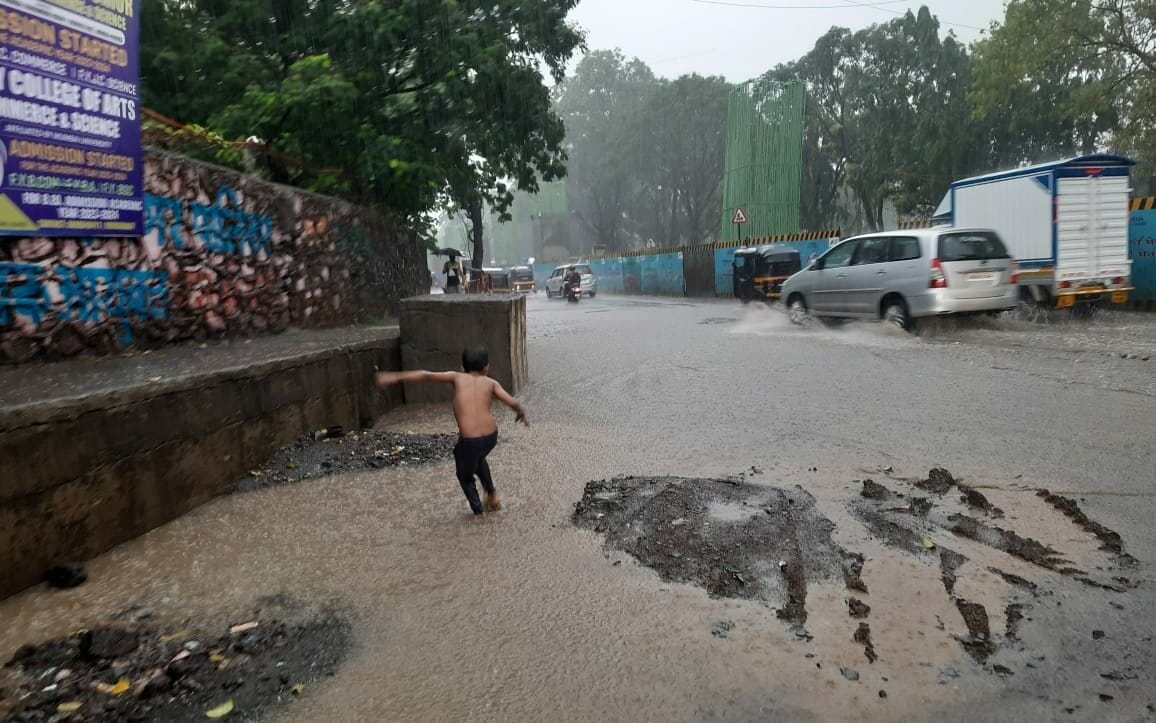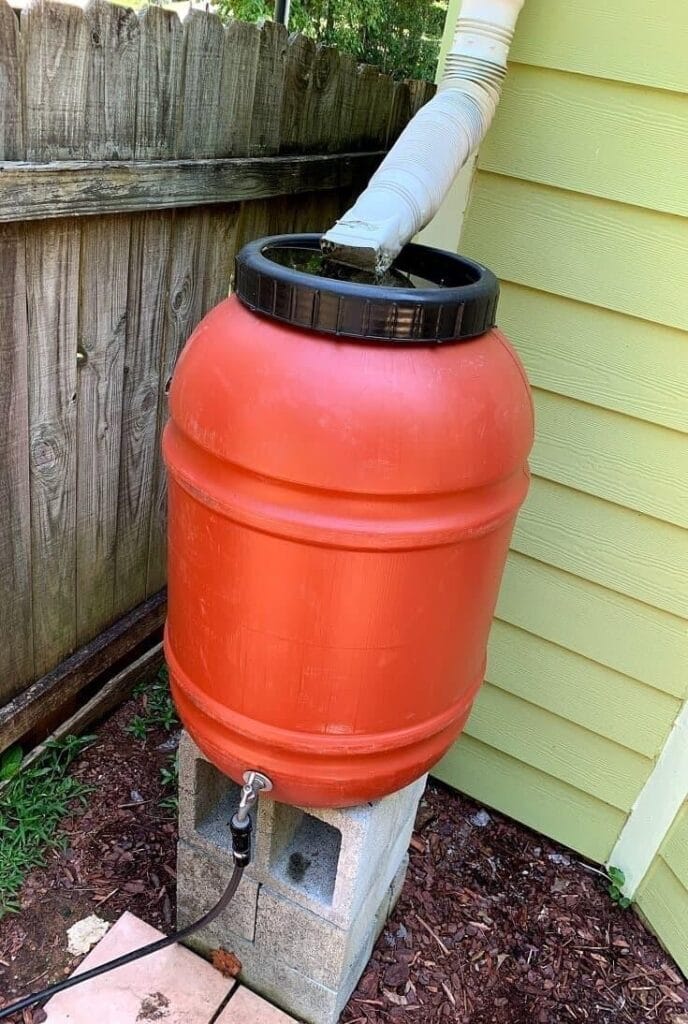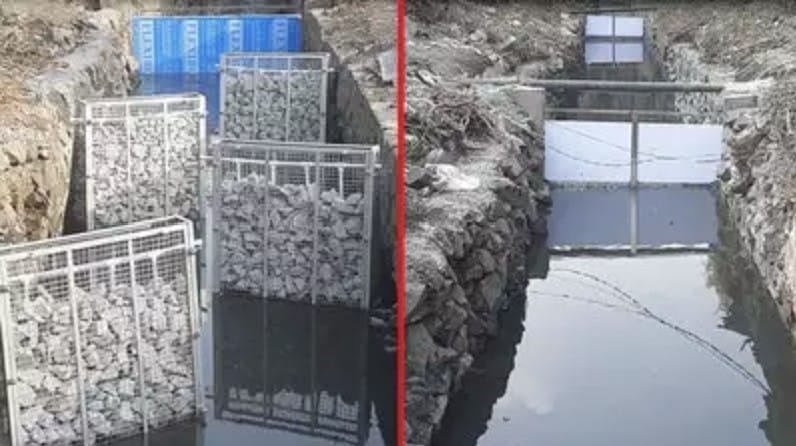Every season brings its own positives and challenges for Aapli Mumbai. Monsoon is over and we are now grappling with the onset of winter and air pollution. Whatever the season and its challenges, it is important to look at the systemic issues and keep the focus on solutions. Only the collective will and efforts of the people and the administration can make the city more liveable.
With that thought, Citizen Matters had organised an Essay Competition – Mumbai Monsoon Masterminds, calling for opinions from residents of Mumbai to share their experiences about monsoons and offer unique solutions.
In the following prize winning entries, Mumbai residents have highlighted what they and the government can do, individually and collectively, to manage monsoons better. Here we publish the essay that won the first prize.
Bambai ki baarish
Mumbai, the city of dreams, is a place where aspirations soar high, and the spirit of its residents remains unyielding. However, every year, the monsoon season tests this spirit, bringing with it a deluge of challenges. From waterlogged streets to traffic snarls, from health hazards to crumbling infrastructure, the monsoon paints a contrasting picture to the otherwise bustling metropolis.
But what if, instead of viewing the monsoon as a problem, we see it as an opportunity for innovation?
A rain-soaked morning: An unexpected odyssey
One particular monsoon morning stands out in my memory, not just for the challenges it presented, but for the lessons it imparted. Living on Veera Desai Road, an area notorious for its waterlogging, I was no stranger to the trials of the monsoon. But that day was different. I had an important presentation at the office, and our global CEO was visiting from France. It was imperative that I make it to the office, come rain or high water.
Understanding the gravity of the day, I meticulously dressed in my best suit – a crisp shirt, tie, and blazer. However, anticipating the challenges the rain would present, I paired my formal upper attire with shorts, while my trousers and polished shoes were safely tucked in a plastic bag. As I stepped out, the reality of the monsoon hit me. The streets were submerged, turning my usual short commute into what felt like an endless journey.
Wading through knee-deep water, with my trousers and shoes held high, I couldn’t help but feel a mix of frustration and anxiety. But amidst this chaos, a heartwarming scene caught my eye.

Monsoon floods often result in closure of schools and colleges but that rarely keeps the children at home. Pic: Amit Pareek
Children, with sheer delight, were swimming in the very waters that I was dreading. Some had crafted makeshift boats from wooden scraps, racing them with gleeful abandon. Their laughter and joy, in stark contrast to the grim faces of the adults around them, was a poignant reminder of the resilience and adaptability of the human spirit.
Their ingenuity and ability to find joy in adversity made me revaluate my perspective. Here I was, fretting about a disrupted commute and a potentially ruined suit, while these children found opportunity and happiness in the very same situation. It was a humbling moment, a stark reminder that it’s not the challenges we face, but how we respond to them, that truly defines us.
Read more: In photos: Monsoon magic in Mumbai
Innovating through adversity
The Mumbai Monsoon Masterminds Contest is more than just a competition; it’s a call to action. It urges Mumbaikars to shift their perspective and view the monsoon as a canvas for innovation.
Rainwater Harvesting Systems: If children can find joy and utility in the rain, why can’t a mega-city like Mumbai harness this resource on a grand scale? Every building, from skyscrapers to modest homes, can be equipped with rainwater harvesting systems, alleviating pressure on the city’s drainage system and conserving water.

Green Infrastructure: By integrating green roofs, permeable pavements, and bioswales into our urban landscape, we can create a city that not only absorbs excess rainwater but also combats the urban heat island effect.
Revitalising Natural Drains: Over the years, many of Mumbai’s natural drains and waterways have been encroached upon. By reclaiming and revitalising these, we can ensure smoother water flow, reducing the risk of flooding.

Community Reporting and Response System: Empower citizens with a digital platform where they can report waterlogging, blocked drains, or other monsoon-related issues. This real-time data can help authorities respond more efficiently.
Education, awareness and community participation
A proactive and informed community is crucial in addressing monsoon challenges. Schools and colleges should introduce monsoon preparedness in their curriculum, and regular workshops can educate residents about rainwater harvesting, waste segregation, and health precautions during the rainy season.
Conclusion
That transformative monsoon morning was not just a testament to Mumbai’s spirit but also a beacon of its potential for innovation. With technology, traditional wisdom, and community involvement, we can transform the challenges of the monsoon into opportunities.
The Mumbai Monsoon Masterminds Contest is a step towards that future, urging us to not just endure the monsoon but to thrive and innovate through it.